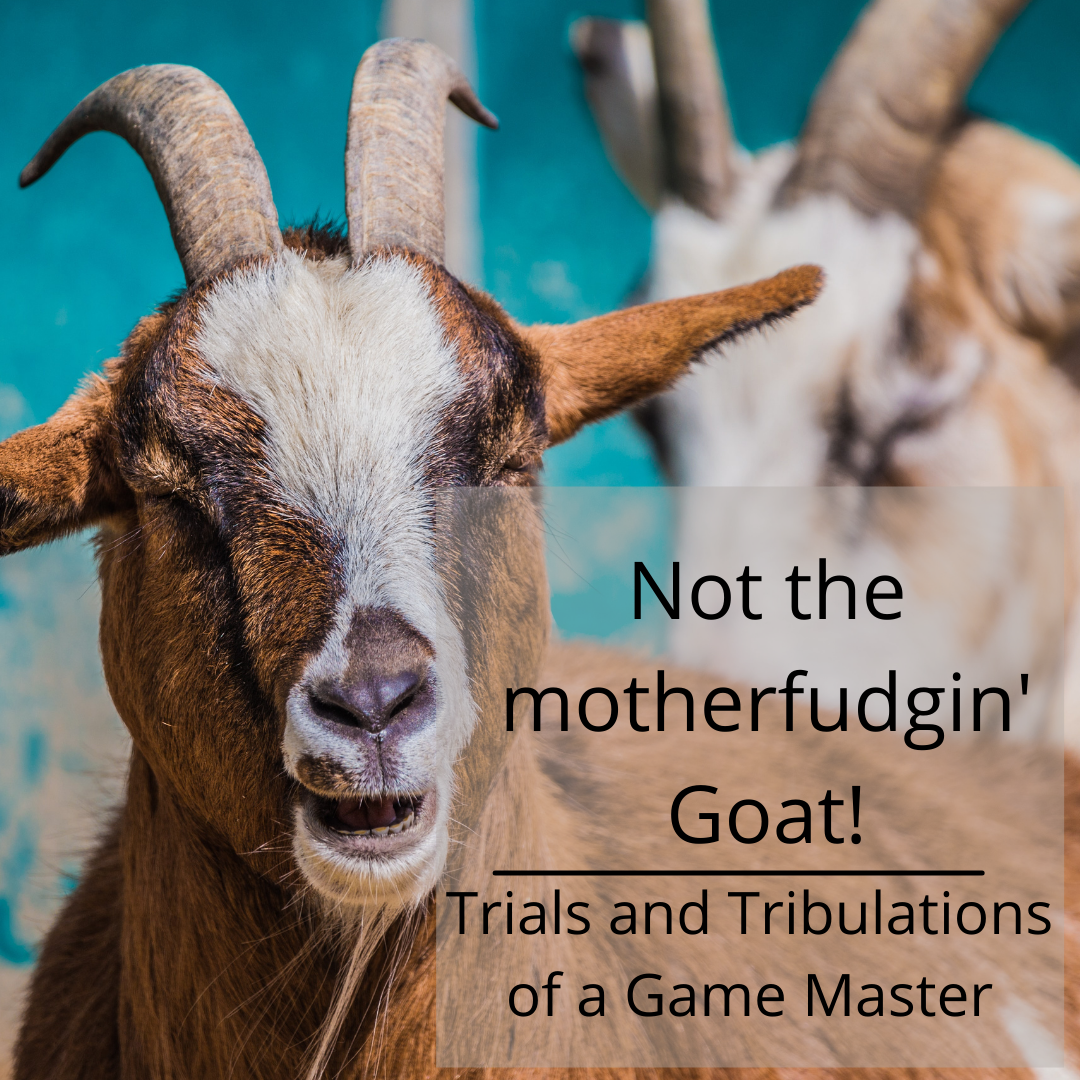I stumbled onto Dungeons and Dragons over three years ago when my partner and I were invited into a campaign that one of our friends decided to host and Game Master. I loved it. It is everything that a nerdy fantasy introvert dreams of: the opportunity to actually insert yourself into a fantasy world and actively participate in its events. My first character’s name was Kai, a moody, brooding warlock-Tiefling with a tortured past (no surprises). I became very quickly acquainted with Eldritch Blast and still swear by it, as do most warlock players, if I understand correctly.
Not long after that, I entered into my second campaign with a flirty, wayward half-elf bard Wynn Flekstrad with some questionable heritage and a flair for adventure. Her entry into the story involved drinking too much and volunteering to take a boat ride. This starting her tale of winding up in the country of the campaign and the stealing of someone else’s visa, as it were. She feels pretty bad about that and is trying to make amends.
Anyways, to my point. Being surrounded by these talented storytellers, I decided that I would like to create my own campaign and Game Master it myself. These are my musings from the creation and completion of my first campaign.
I had a brilliant idea to run a resistance-based campaign. The characters would have to uncover the mystery of this strange army of mercenaries that took over their city overnight with seemingly no struggle and yet realized that their townspeople going missing by the tens. I created the characters and backstories for the party, thinking maybe it would be easier the first time around. What I learned from doing so is as follows:
- If you are a newbie to Dungeons and Dragons yourself, your characters may not be as fleshed out as you later realize you would have liked.
- It is a good way to ease in new players as they can focus on learning character specifics instead of getting lost in the vast information trove that is D&D.
- As Game Master, you have a more intimate understanding of the characters which can make for some super fun organized character trials and encounters.
This campaign that I ran, which I call the Return of Amasryth, finished about a year ago. Looking back, I have a lot of great working notes to fix it up, and I’d love to run it again. Many of the big notes for me are: touch up the world lore, rescale some of the encounters, and enrich the plot. I also just need to localize my notes into one spot because I moved between a GoogleDoc, a notebook, and Campfire. If you are interested, Campfire is an great organizational tool for those who can commit to updating all of their information in one spot. I find it more helpful for larger writing projects like my Fireborn novel in contrast to D&D campaigns, however I am aware of other individuals who have used it admirably for that very purpose.
I digress.
The one aspect of the campaign that I look back on fondly, yet wonder if a change is needed, is the random encounter with a Giant Goat. I am sure it seems innocuous, but this encounter took over my campaign. It became an instant source of hilarity. It actually continues to be brought up subtly in the other campaigns I am in as well, it’s the gift that keeps on giving. Let me explain.
As a new GM, I thought that it would be funny to have the party encounter a giant goat stampeding through the city centre being chased by these strange, mercenary guards, and the party would have to decide how they would like to interact. It had absolutely nothing to do with the plot.
Whelp. That was the start of a long party relationship with the goat. Stopping a public execution of a known spy in the town square? That can wait. The Goat is in danger! The party rescued it and killed it’s captors.
The party dubbed themselves the League of Extraordinary Goatsmen and made themselves a talisman to wear. They asked about the goat regularly. Where was it? Was it safe? So I leaned into it. I gave the goat a plot thread as the main food source of the Big Bad. It turns out that the Giant Goat had a family. Then whenever I accidentally designed an encounter that was excruciatingly long, or the party was struggling, Mr. Giant Goat would appear to help them.
As much as the existence of the Giant Goat caused me to facepalm myself on many, many occasions, it was a welcome source of humour for my party and created a plethora of laughs. I might say “Not the motherfudgin’ goat” on a semi-regular basis complete with exasperated eye roll, but I love the laughter that it brings. Would I do it again? Probably not. I like to think my League of Extraordinary Goatsmen deserve to be the only ones of their kind. Could I rewrite it with maybe a Giant Horse or Sheep? Absolutely.
I’ll be the one chuckling under my breath while expressing mock aghast as my party turns a small side quest into their full focus. Best lesson I’ve learned so far: as long as your party is having fun, you’ve succeeded as a Game Master. And I cannot wait to run the next one!
… But seriously, if you are serious about plot and are on a time crunch, DO NOT ADD SHINY OBJECTS. Or goats, like I did.
